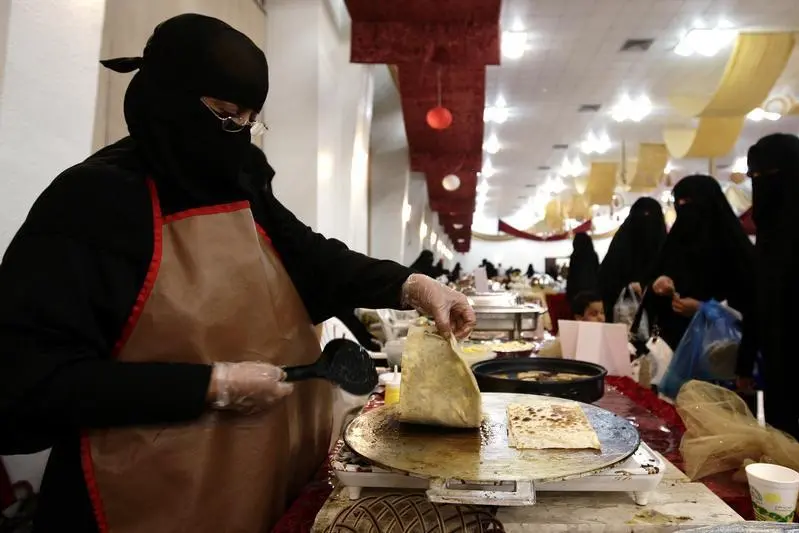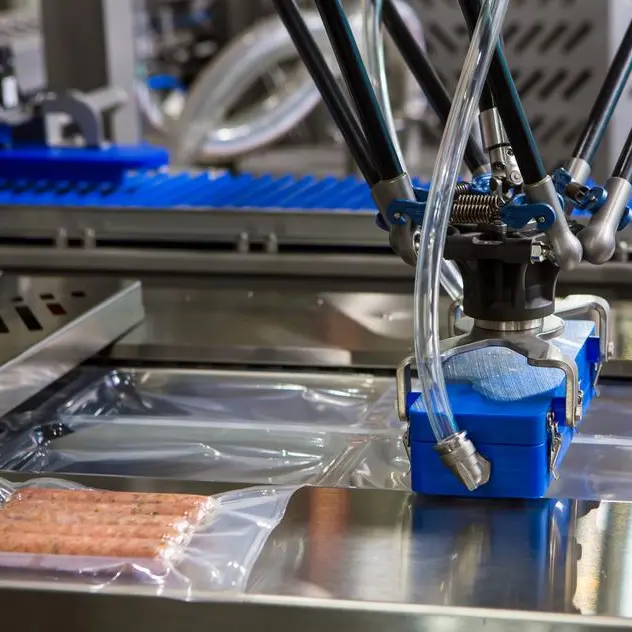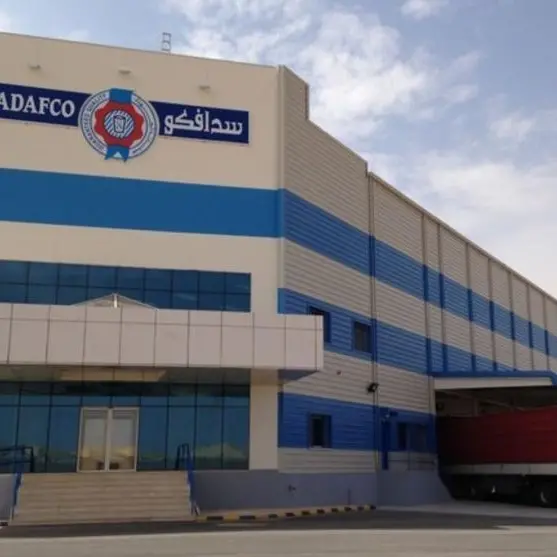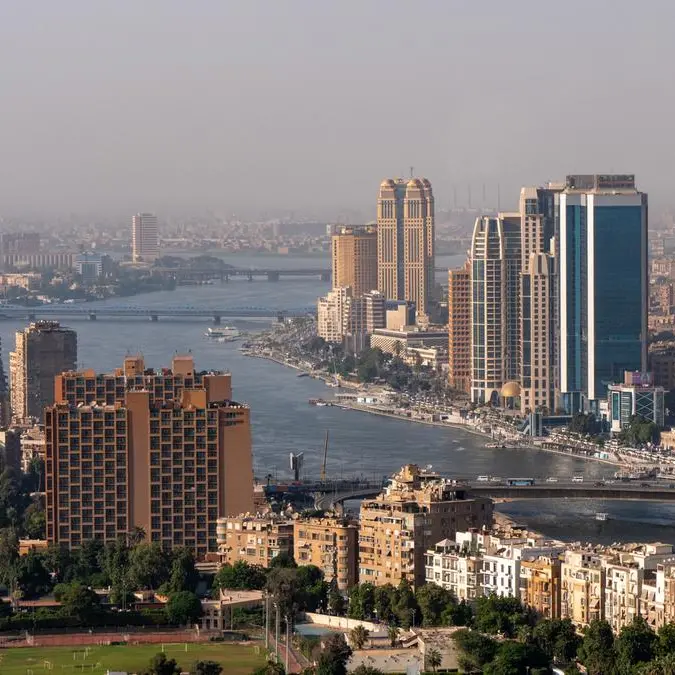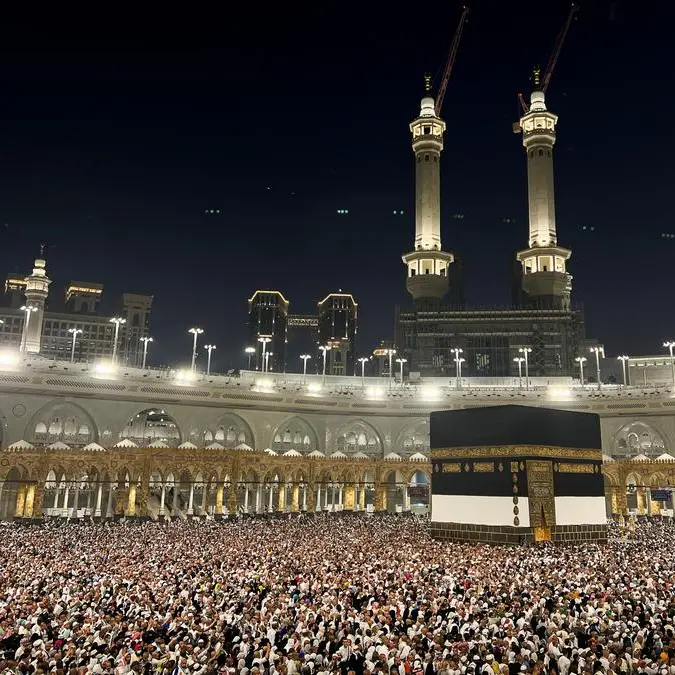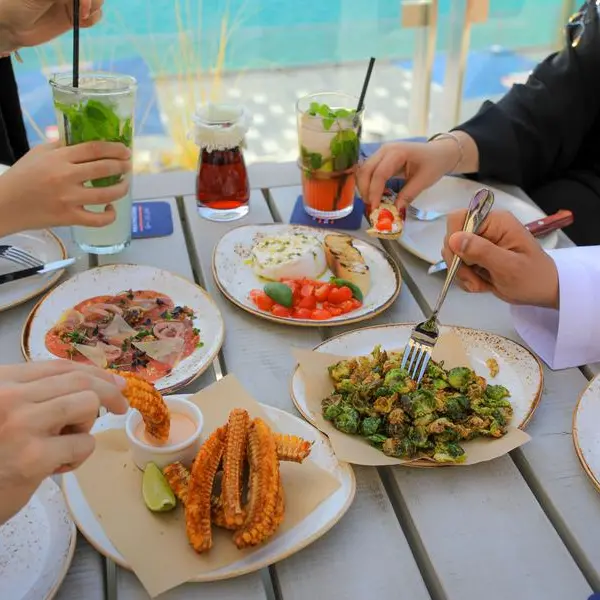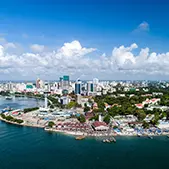PHOTO
JEDDAH — The Saudi Culinary Arts Commission has added 13 elements of Saudi cuisine to Slow Food’s Ark of Taste catalog of traditional foods facing extinction.
The Commission last week presented these foods at the Terra Madre Salone del Gusto event held in Turin, Italy.
This will help to preserve the culinary heritage of Saudi Arabia and champion foods facing extinction and encourage their preservation.
Nutrients in Saudi Arabia registered in the Slow Food list of nutrients in danger of extinction are Saudi Khawlani coffee, Al-caddy, Al-kabath, Mountain Sidr honey, AI-Ahsa rice, Al Qasab, Red camels, Al Hilya Dates, Samh seeds, truffle, Almogmi dates, Al-bor AL-Najrani, and Yusr tree.
Saudi Khawlani coffee is grown in the mountains of Jazan and is distinguished by being one of the types of coffee that can only be grown in certain conditions.
Al-caddy is one of the historical perennial trees in the ancient archaeological village of Thee Ain in Al-Makhwah Governorate, from which herbs and aromatic spices such as oil and water are extracted.
Al-kabath: Known as the fruit of the Prophet it is historically found in the north and south of the Makkah region. Its plant grows in the wild. As it does not grow on farms, its quantity very limited.
Mountain Sidr honey is extracted from the Sidr tree that grows in the valleys of the Sarawat Mountains and lives for a long period of up to 100 years.
AI-Ahsa rice is considered one of the most expensive types of rice. There are ancient traditions during its cultivation. It requires a lot of care and irrigation. This variety of rice is famous for its tolerance to high temperatures.
Al Qasab salt is mainly found in the city of AI-Qasab in the Riyadh region. Its extraction is based on traditional methods of digging pools of water and evaporating it to obtain salt.
Hail region is famous for red camels, and it is known as "Hamrat Al Majaheem" due to its high price compared to the rest of the camels in the Kingdom. It is served to only important guests and on happy occasions.
Al Hilya dates, considered one of the rare varieties, are harvested from palm trees in Madinah. Its growth is a sign of the beginning of the dates season, and it is distinguished by increasing size over time.
Samh seeds are extracted from the Samha plant, which is distinguished by the strength of its peel, which helps it to preserve seeds for decades. And its rarity lies in its cultivation confined to Wadi Al-Sarhan and its environs in the Al-Bastah region in Al-Jawf.
Truffle is known locally as “AI-Faqa'a”, and its size varies according to the amount of rain. It is found in the northern region of the Kingdom and a number of other regions.
Almogmi dates are a traditional product, which Al-Qassim region is famous for. It is made of dates, date molasses, and sesame seeds. It is distinguished by the ability to preserve it for months and years.
Al-bor Al-Najrani is used as a major ingredient in many popular dishes such as Al-Wafd, Al-Mardouqa, Raqsh and Al-Qurs.
Yusr tree or Moringa tree is known for its presence in Tabuk and a number of other regions, and it is considered one of the valuable trees for extracting oil similar to olive oil from its seeds.
© Copyright 2022 The Saudi Gazette. All Rights Reserved. Provided by SyndiGate Media Inc. (Syndigate.info).
